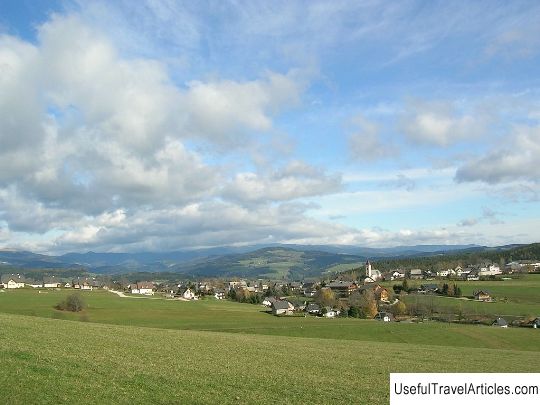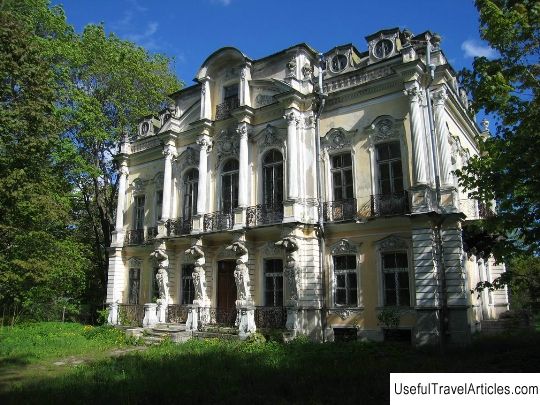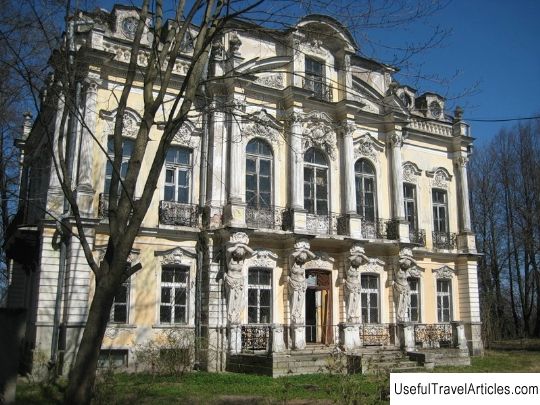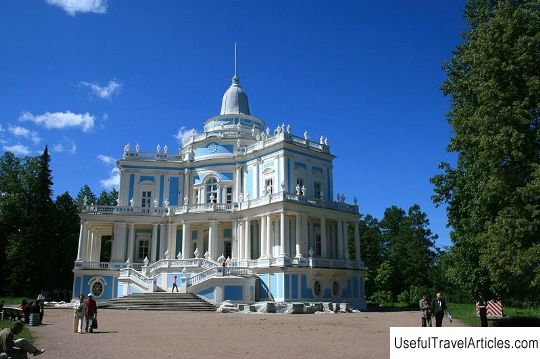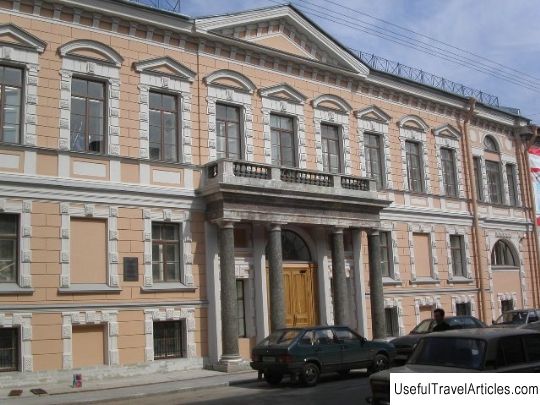Dacha Bezborodko description and photo - Russia - Saint Petersburg: Saint Petersburg
Rating: 7,9/10 (2983 votes) 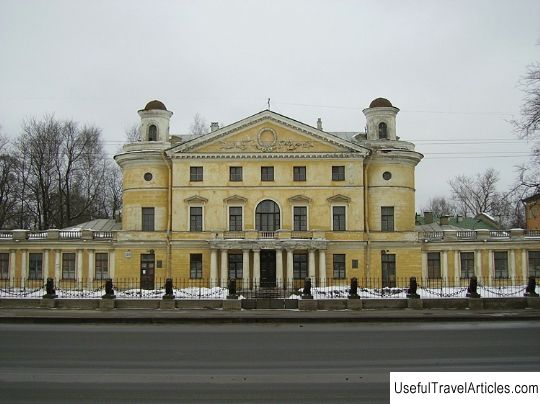
Bezborodko's dacha description and photos - Russia - Saint Petersburg: Saint Petersburg. Detailed information about the attraction. Description, photos and a map showing the nearest significant objects. Photo and descriptionDacha Bezborodko, or "Kusheleva Dacha", is located on the Sverdlovskaya Embankment of St. Petersburg. This is the second building in the city after the Marble Palace, decorated with marble. Therefore, the estate is often called the Second or Small Marble Palace. It is a monument of classicism architecture. The place where Piskarevsky Prospekt branches off from the Sverdlovskaya embankment is called Polyustrovo. Back in the 18th century, a healing source of mineral water was found here. In the 1770s, a manor house in the Gothic style was erected on this site, most likely by Bazhenov. Chancellor Alexander Andreevich Bezborodko began to own the site on the banks of the Neva River in 1782. In 1783-1784 for him, according to the project of D. Quarenghi, the main building was rebuilt. The architect did not begin to build the house again, and used the existing structures. Therefore, the house keeps not only the elements of Bazhenov's construction, but, probably, of the Swedish estate, presumably located here even before the founding of St. Petersburg. The main three-story building with round towers in the corners was connected by arched galleries in the plan with 2 -mey symmetrical side wings. On the north side of the house, a large landscape park in the English style was laid out - a favorite place for country festivities. In addition, garden structures were built. The garden was decorated with marble sculptures, canals, gazebos. A pier with granite sphinxes was built in front of the house on the embankment. In 1857-1860, during the reconstruction according to the project of the architect E.Ya. Schmidt, the mansion has acquired its present form. After the death of Bezborodko, Princess K.I. Lobanova-Rostovskaya, his niece, who raised her sister's son, A.G. Kusheleva. Later he began to call himself Count Kushelev-Bezborodko. It was from this time that the dacha acquired its now known name - the Kushelev-Bezborodko dacha. After 1917, there was a hospital named after Karl Liebknecht. In 1960-1962, reconstruction works were carried out here, and the building was equipped for a TB dispensary. In general, the house was built in the architectural forms of eclecticism. The central facade of the mansion was created in the style of the Italian Renaissance. Finish - pink marble. A greenhouse, library and theater were built in the depths of the site. Count Kushelev-Bezborodko, writer and philanthropist, was fond of collecting rare paintings. His mansion housed the richest collection of them. Every resident of St. Petersburg and a guest of the Northern capital on certain days could see the pictures absolutely free of charge. V.V. Krestovsky, A.F. Pisemsky, V.S. Kurochkin, A. Dumas was passing by. After the death of the count, the mansion was acquired by the emperor's family. Prince Nikolai Konstantinovich and Princess Yekaterina Mikhailovna Yurievskaya lived here, who placed the personal belongings of the murdered Emperor Alexander II in the house. In its original form, the mansion has preserved a number of ceremonial rooms, a main staircase and elements of decoration of windows and doors. The most beautiful rooms of the Small Marble Palace are the Gold, White and Blue drawing rooms, the Saxon porcelain drawing room, the Big Study and others. The wings of the mansion are connected to each other by an unusual fence that separates the front garden from the embankment (mid-19th century). It is made in the form of sculptures of 29 identical lions, which are holding cast-iron chains in their teeth. All lions are set on square pedestals, under which there is a foundation of Pudozh stone. There are many lion sculptures in St. Petersburg, but in most cases these are guard lions that keep their paws on the ball. There are so many lions only here. Behind them, in front of the house, is the usual fence. Now the Small Marble Palace houses the European Institute, where students are trained in international programs in history and economics, sociology and law.          We also recommend reading Seoul Museum of Art description and photos - South Korea: Seoul Topic: Dacha Bezborodko description and photo - Russia - Saint Petersburg: Saint Petersburg. |
